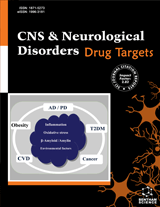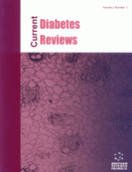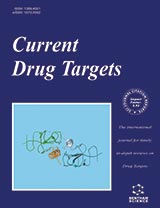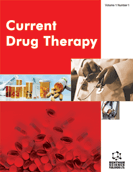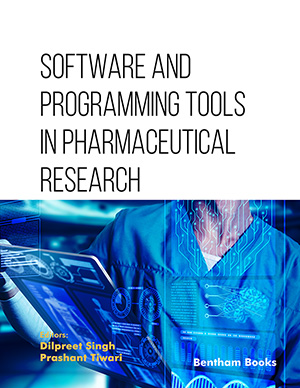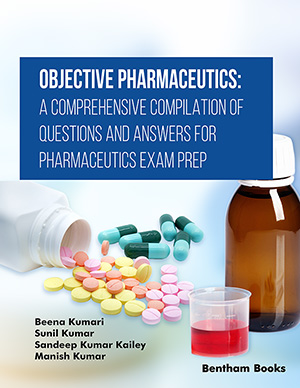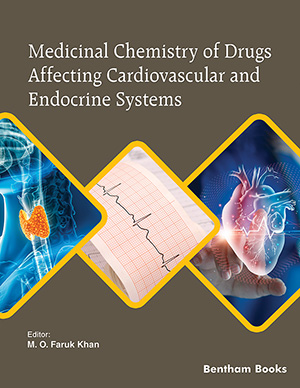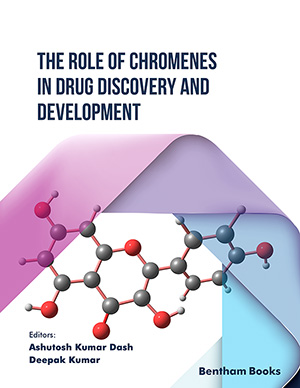Abstract
As the number of elderly individuals rises, Alzheimers disease (AD), marked by amyloid-β deposition, neurofibrillary tangle formation, and low-level neuroinflammation, is expected to lead to an ever-worsening socioeconomic burden. AD pathoetiologic mechanisms are believed to involve chronic microglial activation. This phenomenon is associated with increased expression of membrane-bound CD40 with its cognate ligand, CD40 ligand (CD40L), as well as increased circulating levels of soluble forms of CD40 (sCD40) and CD40L (sCD40L). Here, we review the role of this inflammatory dyad in the pathogenesis of AD. In addition, we examine potential therapeutic strategies such as statins, flavonoids, and human umbilical cord blood transplantation, all of which have been shown to modulate CD40-CD40L interaction in mouse models of AD. Importantly, therapeutic approaches focusing on CD40-CD40L dyad regulation, either alone or in combination with amyloid-β immunotherapy, may provide for a safe and effective AD prophylaxis or treatment in the near future.
CNS & Neurological Disorders - Drug Targets
Title: Impact of the CD40-CD40L Dyad in Alzheimers Disease
Volume: 9 Issue: 2
Author(s): Brian Giunta, Kavon Rezai-Zadeh and Jun Tan
Affiliation:
Abstract: As the number of elderly individuals rises, Alzheimers disease (AD), marked by amyloid-β deposition, neurofibrillary tangle formation, and low-level neuroinflammation, is expected to lead to an ever-worsening socioeconomic burden. AD pathoetiologic mechanisms are believed to involve chronic microglial activation. This phenomenon is associated with increased expression of membrane-bound CD40 with its cognate ligand, CD40 ligand (CD40L), as well as increased circulating levels of soluble forms of CD40 (sCD40) and CD40L (sCD40L). Here, we review the role of this inflammatory dyad in the pathogenesis of AD. In addition, we examine potential therapeutic strategies such as statins, flavonoids, and human umbilical cord blood transplantation, all of which have been shown to modulate CD40-CD40L interaction in mouse models of AD. Importantly, therapeutic approaches focusing on CD40-CD40L dyad regulation, either alone or in combination with amyloid-β immunotherapy, may provide for a safe and effective AD prophylaxis or treatment in the near future.
Export Options
About this article
Cite this article as:
Giunta Brian, Rezai-Zadeh Kavon and Tan Jun, Impact of the CD40-CD40L Dyad in Alzheimers Disease, CNS & Neurological Disorders - Drug Targets 2010; 9 (2) . https://dx.doi.org/10.2174/187152710791012099
| DOI https://dx.doi.org/10.2174/187152710791012099 |
Print ISSN 1871-5273 |
| Publisher Name Bentham Science Publisher |
Online ISSN 1996-3181 |
Call for Papers in Thematic Issues
Diagnosis and treatment of central nervous system infectious diseases
Infectious diseases of the central nervous system (CNS) can be divided into bacterial, tuberculous, viral, fungal, parasitic infections, etc. Early etiological treatment is often the most crucial means to reduce the mortality rate of patients with central nervous system infections, reduce complications and sequelae, and improve prognosis. The initial clinical ...read more
Techniques of Drug Repurposing: Delivering a new life to Herbs & Drugs
Of late, with the adaptation of innovative approaches and integration of advancements made towards medical sciences as well as the availability of a wide range of tools; several therapeutic challenges are being translated into viable clinical solutions, with a high degree of efficacy, safety, and selectivity. With a better understanding ...read more
Trends and perspectives in the rational management of CNS disorders
Central nervous system (CNS) diseases enforce a significant global health burden, driving ongoing efforts to improve our understanding and effectiveness of therapy. This issue investigates current advances in the discipline, focusing on the understanding as well as therapeutic handling of various CNS diseases. The issue covers a variety of diseases, ...read more
 24
24
- Author Guidelines
- Graphical Abstracts
- Fabricating and Stating False Information
- Research Misconduct
- Post Publication Discussions and Corrections
- Publishing Ethics and Rectitude
- Increase Visibility of Your Article
- Archiving Policies
- Peer Review Workflow
- Order Your Article Before Print
- Promote Your Article
- Manuscript Transfer Facility
- Editorial Policies
- Allegations from Whistleblowers
Related Articles
-
Cholinergic Targets in Lung Cancer
Current Pharmaceutical Design Amyloid Beta Peptide 1-40 Stimulates the Na+ / Ca2+ Exchange Activity of SNCX
Current Neurovascular Research Structure, Function and Biological Relevance of Prolyl Oligopeptidase
Current Protein & Peptide Science Metallic Colloid Nanotechnology, Applications in Diagnosis and Therapeutics
Current Pharmaceutical Design CXCR4 Receptor as a Promising Target for Oncolytic Drugs
Mini-Reviews in Medicinal Chemistry The Small Heat Shock Protein HspB8: Role in Nervous System Physiology and Pathology
CNS & Neurological Disorders - Drug Targets Multimodality Imaging of RNA Interference
Current Medicinal Chemistry Therapeutic Targets in Extracellular Protein Deposition Diseases
Current Medicinal Chemistry Crocetin: an Agent Derived from Saffron for Prevention and Therapy for Cancer
Current Pharmaceutical Biotechnology A Synopsis on the Role of Tyrosine Hydroxylase in Parkinson’s Disease
CNS & Neurological Disorders - Drug Targets Unique Medicinal Properties of Withania somnifera: Phytochemical Constituents and Protein Component
Current Pharmaceutical Design Peptide Nucleic Acids (PNA)-DNA Chimeras Targeting Transcription Factors as a Tool to Modify Gene Expression
Current Drug Targets Synthesis of Xanthones and Benzophenones as Inhibitors of Tumor Cell Growth
Letters in Drug Design & Discovery Melatonin-mitochondria Interplay in Health and Disease
Current Topics in Medicinal Chemistry Estrogen Activates Classical and Alternative Mechanisms to Orchestrate Neuroprotection
Current Neurovascular Research Potential Impact of Genetic Variants in Nrf2 Regulated Antioxidant Genes and Risk Prediction of Diabetes and Associated Cardiac Complications
Current Medicinal Chemistry Molecular Mechanisms of Thiamine Utilization.
Current Molecular Medicine The GABAergic System and the Gastrointestinal Physiopathology
Current Pharmaceutical Design Targeting Proliferating Cell Nuclear Antigen (PCNA) as an Effective Strategy to Inhibit Tumor Cell Proliferation
Current Cancer Drug Targets G Protein-Coupled Receptor Fusion Proteins in Drug Discovery
Current Pharmaceutical Design


